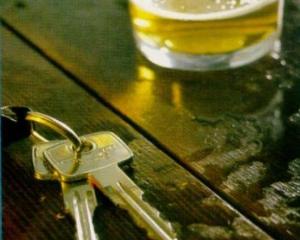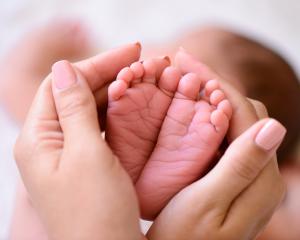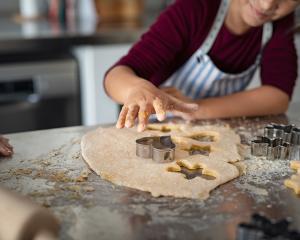

While we probably all agree exercising is healthy, there can be situations where it’s a case of too much of a good thing. Compulsive exercising is a good example, particularly in teenagers.
I was reminded of this after writing last week’s column on nutritional preparation for the annual youngsters’ triathlon.
A teen could unhealthily be using exercise or training as a way of defining who they are; as a way of trying to find their self-worth through sport or physical performance; they could be trying to deal with a range of emotions from anger to depression; or they might be running away from or avoiding dealing with other emotional issues.
There can be pressure from coaches, school, and parents to achieve, which is fine in itself, but can become dangerous if it’s internalised in the teen as an expectation that if they don’t succeed they’ll be a big disappointment to all these people and let them down.
At this point the teen can become trapped in a cycle of excessive physical activity from which there seems to be no way out. A lesser problem is excessive exercising that is not compulsive but perhaps the result of overenthusiasm or maybe a desire to have a particular body shape.
Sometimes enthusiastic sports coaches who lack any specialised training are not aware of the damage they might be doing with the demands they are placing on young bodies: an All Black-style training schedule for the under-11s, or the thought of being the coach of a future gymnastic gold medallist.
A young teen pushing weights at the gym to build that manly physique might, in fact, be reducing his muscle mass if his body isn’t getting the appropriate nutrition for the energy expended and burns muscle to get it.
There is a danger of damaging bones, joints, ligaments and tendons if youngsters are not allowing their body time to deal with minor injuries or stresses. The damage can be with them for a lifetime.
Young girls have additional risks around hormone disruption, changes to their menstrual cycles and, longer term, the risk of osteoporosis.
Parents can monitor for these sorts of behaviours and manage the exercising by: ensuring their children eat healthy meals and eat regularly; getting involved with their children in a variety of relaxed and enjoyable physical activities being good role models when it comes to eating and exercise; and not becoming fixated themselves about body image and what they see in the mirror avoiding making fun of a child’s build or weight, even if it’s meant as a joke rather than nastily.
Such comments can cut far deeper than you realise in this image-conscious world of ours.












